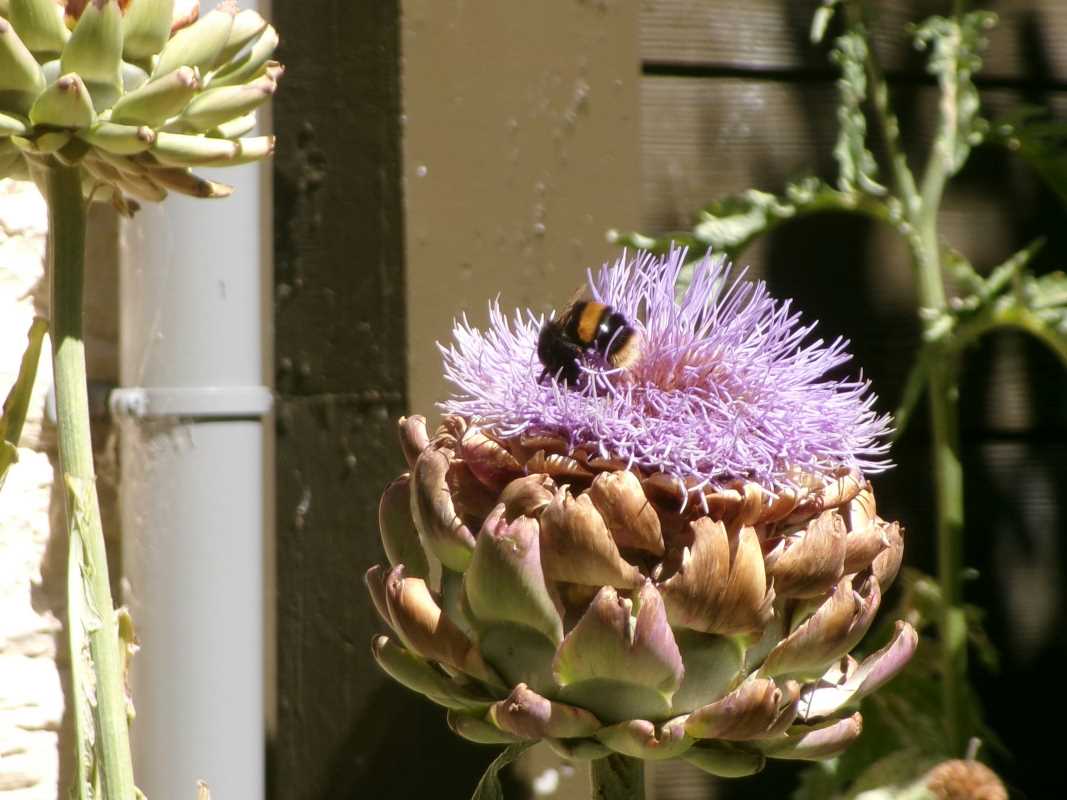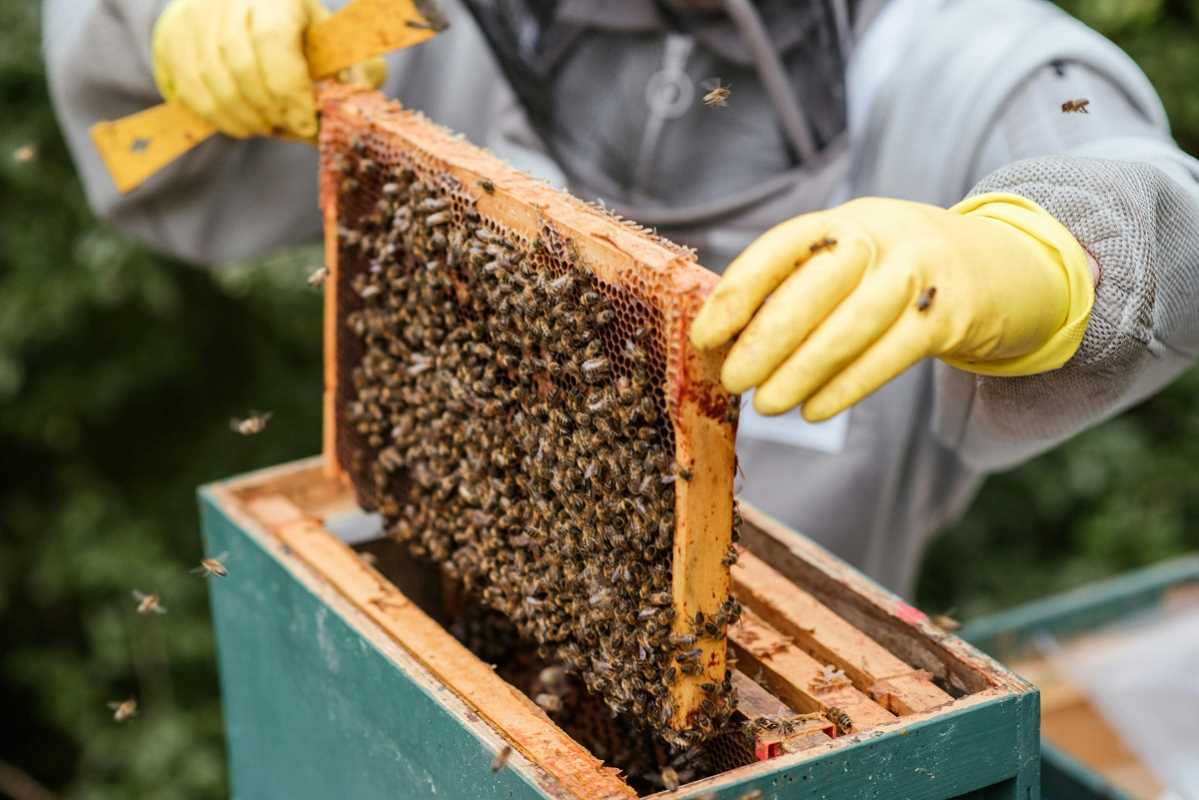Have you ever considered the air quality in your home? While we often take steps to clean our surfaces and organize our spaces, clean air is just as essential for a healthy, happy household. Luckily, you can improve the air you breathe simply by adding the right plants to your indoor environment.
Houseplants don’t just add beauty and charm to your home; many are natural air purifiers, filtering toxins and increasing oxygen levels. While peace lilies and snake plants are well-known for their air-cleaning talent, there’s a whole world of unique options to explore. This guide will showcase an array of plants that enhance air quality, ranging from the classics to more distinctive choices that will stand out in any indoor space.
Why Use Plants for Air Purification?
Before we jump into the lineup, it’s worth noting how plants improve indoor air quality. Through a process called photosynthesis, plants absorb carbon dioxide and release oxygen. Many houseplants also excel at filtering common toxins found in indoor air, such as formaldehyde, benzene, and ammonia, which can originate from paint, furniture, or cleaning products.
According to NASA’s famous Clean Air Study, some plants stand out for their ability to remove these toxins and refresh stale indoor air, making them ideal companions for a healthier home. Not to mention, they add a calming, natural aesthetic that promotes well-being.
1. Peace Lily (Spathiphyllum)
What It Tackles
The peace lily is a powerhouse for removing toxins such as benzene, carbon monoxide, and formaldehyde. It’s also known for its ability to reduce mold spores in the air, making it ideal for bathrooms or damp spaces.
Care Tips
- Light: Thrives in medium to low light.
- Watering: Water once the soil becomes dry to the touch but avoid overwatering.
- Additional Benefit: Its elegant white blooms also add a touch of sophistication to any room.
2. Snake Plant (Sansevieria trifasciata)
What It Tackles
Also known as “Mother-in-Law’s Tongue,” the snake plant is a hardy plant capable of filtering out toxins like formaldehyde, nitrogen oxide, and benzene. It’s particularly special because it’s one of the few plants that release oxygen at night, making it perfect for bedrooms.
Care Tips
- Light: Handles low lighting but thrives in indirect sunlight.
- Watering: Needs minimal water; allow the soil to dry out completely between watering.
- Additional Benefit: Its striking upright leaves make it a sculptural addition to modern spaces.
3. Spider Plant (Chlorophytum comosum)
What It Tackles
Spider plants are champions of combating carbon monoxide and xylene, which are often found in household paints and solvents. Their trailing leaves and easy-to-grow nature make them a popular choice for hanging baskets or shelves.
Care Tips
- Light: Low maintenance and tolerant of indirect light.
- Watering: Requires watering about once a week, or whenever the soil starts to dry.
- Additional Benefit: Spider plants also produce “pups,” or baby plants, that you can propagate or share with friends.
4. Areca Palm (Dypsis lutescens)
What It Tackles
The Areca Palm is not only an air-purifying plant but also a natural humidifier. By releasing moisture through its leaves, it’s highly effective for dry indoor climates.
Care Tips
- Light: Likes bright, indirect sunlight.
- Watering: Soil should stay consistently moist but not soggy.
- Additional Benefit: Adds a lush, tropical vibe to your home while soothing scratchy throats and dry skin.
5. Rattlesnake Plant (Calathea lancifolia)
What It Tackles
Though less commonly seen, the rattlesnake plant is a unique option for air purification with stylish, patterned foliage. It helps balance humidity and filters toxins, creating a fresher environment.
Care Tips
- Light: Prefers low to medium indirect light.
- Watering: Regular watering keeps its soil moist, though overwatering should be avoided.
- Additional Benefit: A striking decorative piece adorned with wavy, dark-green leaves and purple undersides.
6. Rubber Plant (Ficus elastica)
What It Tackles
The rubber plant is a fantastic option for eliminating carbon monoxide, formaldehyde, and other toxic compounds from the air. Its thick, glossy leaves store water, making it resilient and easy to care for.
Care Tips
- Light: Ideal for bright, indirect sunlight.
- Watering: Water when the top inch of soil dries out.
- Additional Benefit: Perfect for filling an empty corner, as it can grow large and bushy when cared for properly.
7. Parlor Palm (Chamaedorea elegans)
What It Tackles
An understated beauty, the parlor palm is another excellent natural humidifier and air purifier. It removes toxins like carbon monoxide and keeps the room feeling fresh.
Care Tips
- Light: Thrives in low light, making it an adaptable choice for dimmer spaces.
- Watering: Water sparingly but don’t allow the soil to dry out completely.
- Additional Benefit: Its fronds add a soft elegance to any space, especially minimalistic rooms.
8. Boston Fern (Nephrolepis exaltata)
What It Tackles
Famed for its ability to filter out formaldehyde and xylene, the Boston Fern is an eco-friendly choice that doubles as a natural air freshener. This plant’s feathery fronds are also effective at boosting humidity, making it another great choice for dry environments.
Care Tips
- Light: Loves indirect light but should not be placed in direct, harsh sunlight.
- Watering: Requires consistent moisture, so check the soil regularly.
- Additional Benefit: Its lush greenery enhances the coziness of any room, from living rooms to bathrooms.
9. Chinese Evergreen (Aglaonema)
What It Tackles
Chinese Evergreen plants are tough and durable while also efficient at removing toxins like benzene and formaldehyde from the air. Their variegated leaves add visual interest.
Care Tips
- Light: Does well in medium to low light.
- Watering: Water every few weeks, allowing the soil to dry between sessions.
- Additional Benefit: Its forgiving nature makes it perfect for beginners or those who may forget to water occasionally.
10. Bird’s Nest Fern (Asplenium nidus)
What It Tackles
With its structural, bright-green fronds, the Bird’s Nest Fern helps keep air pure while giving your home a bold, modern look.
Care Tips
- Light: Prefers indirect sunlight and occasional low-light conditions.
- Watering: Mist regularly to mimic its tropical, humid origins.
- Additional Benefit: Its rippled edges make it an eye-catching plant suitable for modern or tropical interiors.
 (Image via
(Image via





